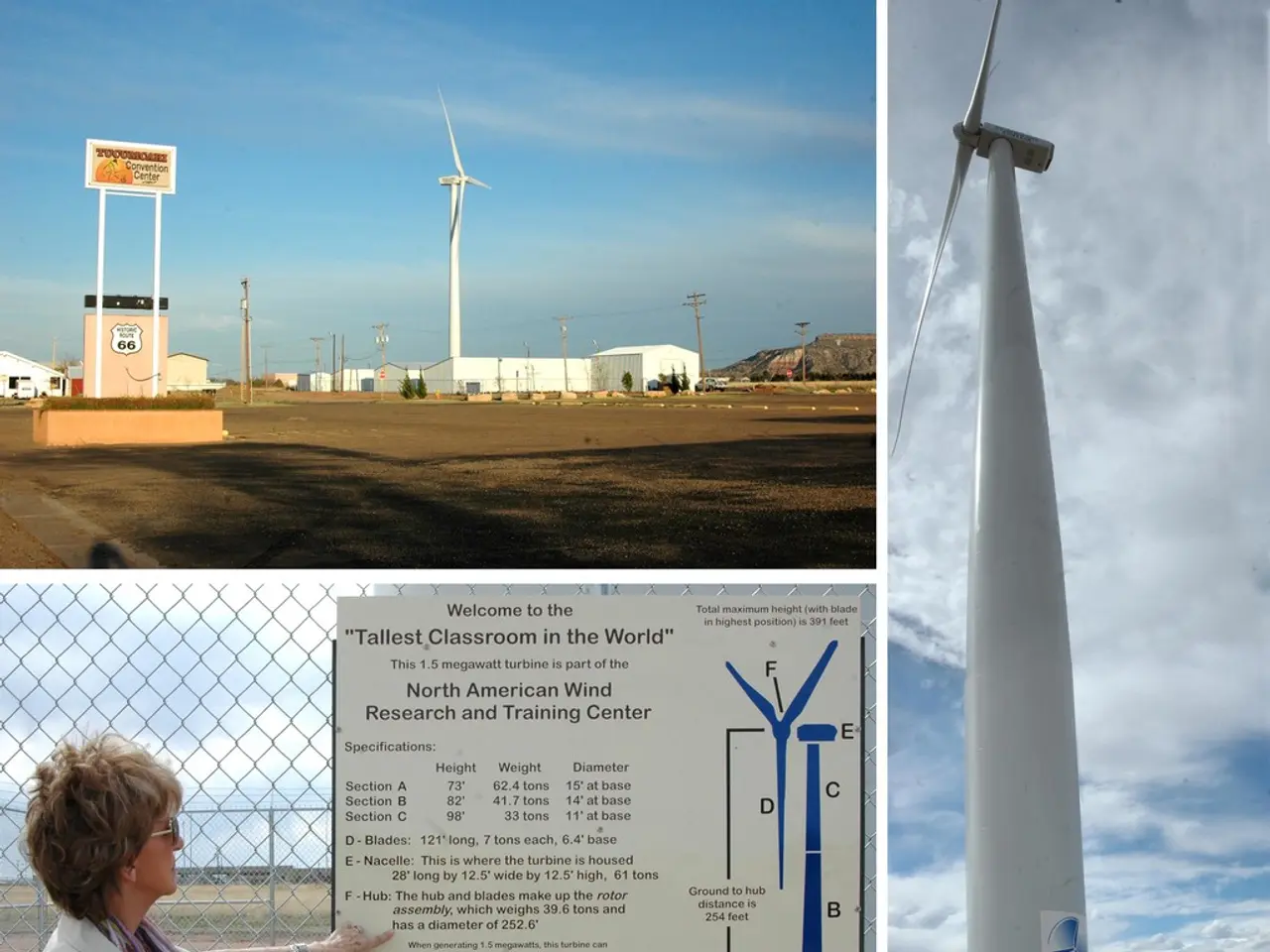Guidance on Operating Unmanned Aerial Systems (UAS) as per EASA Open and Specific Categories: Overview of Operator Responsibilities and Essential Tools
In the ever-growing world of drone operations, understanding the training requirements for operators is crucial. According to the EASA Regulation (EU) 2019/947, the training for drone pilots varies between the Open and Specific categories, each with its unique set of risks and operational rules.
Open Category
The Open Category involves low-risk operations where drones are lighter or operate under certain limitations. Remote pilots must complete basic online training and pass an online theoretical exam specific to the Open category risks and operational rules. Operators must register if their drones weigh more than 250 g or have a camera. The training certifies knowledge relevant to safe flight, airspace rules, and operational restrictions.
For instance, in France and Poland, pilots must hold an EU drone pilot certificate demonstrating successful completion of the required training for Open category operations.
Specific Category
The Specific Category covers higher-risk drone operations that require individual operational authorization from the competent authority. Pilot training under AMC3 UAS.SPEC.050(1)(d) requires specialized training tailored to the type of operation and risks involved, which goes beyond the Open category's online training.
This training is often provided by accredited organizations and may include theoretical knowledge, practical assessments, and scenario-based training relevant to complex operations like BVLOS (Beyond Visual Line of Sight), heavier drones, or flying in controlled airspace. Some states like Poland require this specific training and examination for Specific category operations, and organizations may need a Light UAS Operator Certificate (LUC) for certain privileges.
Training Resources
Our website offers a centralized system for training oversight, storing and tracking certificates, training modules, and re-certification dates. It also links training modules directly to the Operations Manual (OM) and flags missing training before mission approvals. Furthermore, our website provides tools to automate the entire training lifecycle from onboarding to audit, supporting custom training programs, including internal onboarding and recurrent training, evaluations, simulator sessions, or shadowing activities.
In addition, our website DOC logs simulator hours, supervised flights, or self-practical training (A2) and provides alerts for expiring credentials.
Conclusion
The AMC3 UAS.SPEC.050(1)(d) specifically sets the framework for these specific training requirements, matching the complexity and risk of the operation, ensuring pilots are competent to handle their designated mission under the Specific category. This ensures a graduated approach where basic knowledge suffices for low-risk Open category flights, while advanced, operation-tailored training is mandatory for higher-risk Specific category operations.
EASA expects UAS operators to take full responsibility for their teams' qualifications and ongoing competence. Whether operating in the Open or Specific Category, the our website provides the tools and guidance for safe drone operations.
- In the drone industry, it's essential to adhere to the training requirements for operators, as outlined by the EASA Regulation (EU) 2019/947.
- The Open Category, involving low-risk operations, requires remote pilots to complete basic online training and pass an online exam specific to Open category risks and operational rules.
- The Specific Category, covering higher-risk operations, necessitates specialized training tailored to the operation and risks involved, beyond the Open category's online training.
- Our website centralizes training oversight, offers tools for automating the entire training lifecycle, and provides resources for self-practical training, simulator sessions, and shadowing activities.
- Whether operating in the Open or Specific Category, the AMC3 UAS.SPEC.050(1)(d) ensures a graduated approach where basic training suffices for low-risk operations, while advanced, operation-tailored training is mandatory for higher-risk operations, maintaining safety in the drone business, technology, education-and-self-development, sports, and finance.




